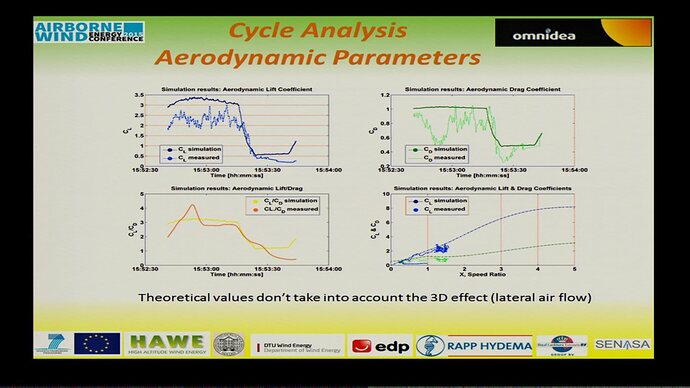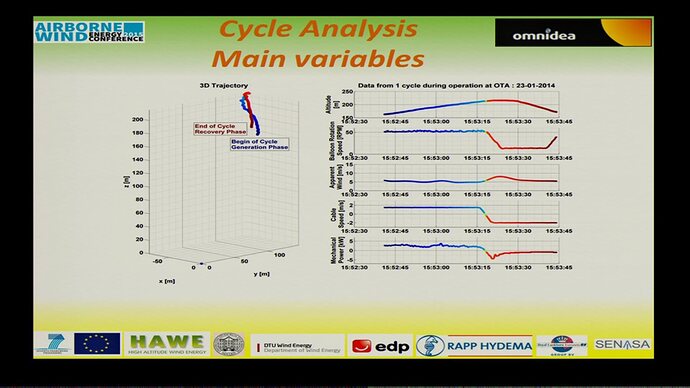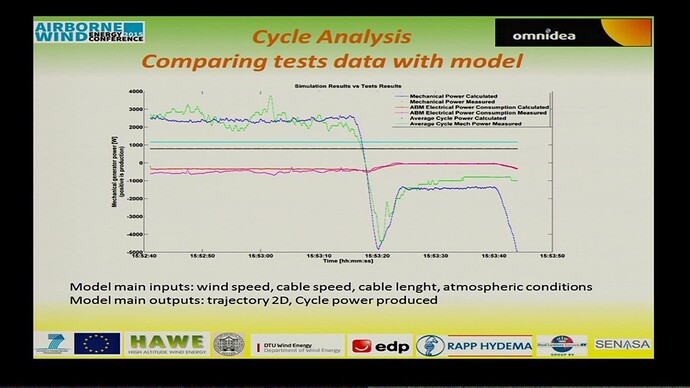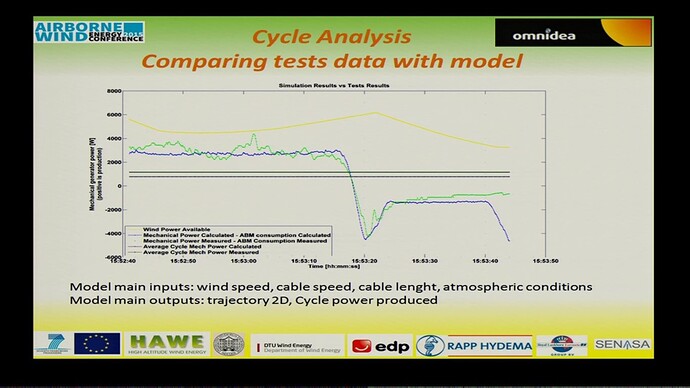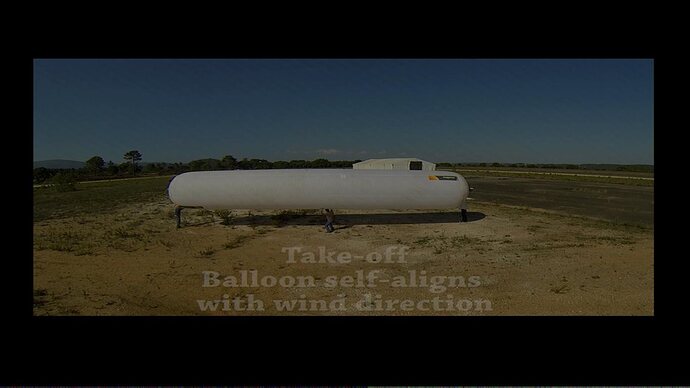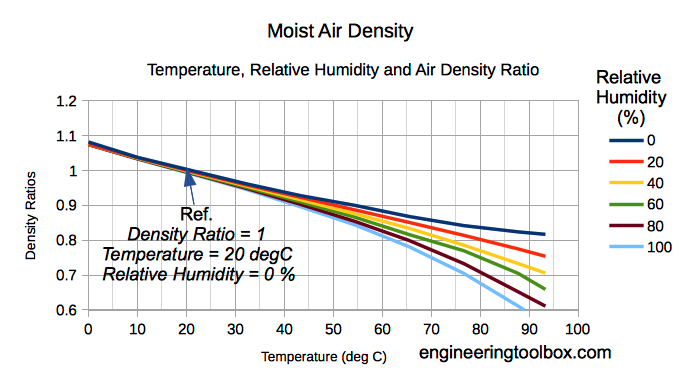Oh geez come on Pierre, I think I’ve had some shit at least as high as an extension ladder.
Although, even a stepladder is high enough to kill yourself if you’re not careful.
Just think of my first prototype funded by The California Energy Commission:
Seven (7) rotors on a 70-foot driveshaft on a 50- or 60-foot tower, all on top of a ridge at 5000 feet in the Tehachapi mountains.
It was so high we had to correct the data for the 15% thinner air!
I think it might be one of the highest alternative design wind energy experiments we know of.
I know, I know, it’s cheating to use a mountain.
Oh well, at least it achieved a significant elevation above sea level, up into a true windfarm resource!
![]()
Meanwhile, please don’t let my feeble attempt at humor disuade you from pursuing the Omnidea idea.
Please forgive me for not remembering all the details, but what struck me about the Omnidea project was similar to my impression from kite-reeling in general:
They come up with some very impressive numbers that beg the question: If the numbers are so great, why is there nothing in daily operation?
I mean, when you talk about how much power the Omnidea apparatus supposedly produced, I’m thinking: “This thing needs to be run on a daily basis powering a few homes”, but instead, if you go to their website, it looks like they transitioned to promoting it as a mere platform for telecommunications equipment, not producing any power at all, maybe seven years ago(?), but it would appear only USING power. Why is that? Seems like there are always these nagging yet obvious questions with so many of these “futuristic” ideas. It seems like a good step to piggyback on a known project with usable data, but what happened to the Omnidea project itself? Why no follow-up activity if it made so much power? Seems like they went the way of Altaeros, just pivot to what was originally a side-use case (elevating a wifi repeater) and letting that become the new “raison d’etra” for the apparatus, combined with not actually even doing it, just placing the whole concept on a shelf.
Moist Air - Density vs. Water Content and Temperature
Density of the mix of dry air and water vapor - moist humid air.


